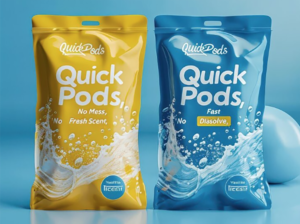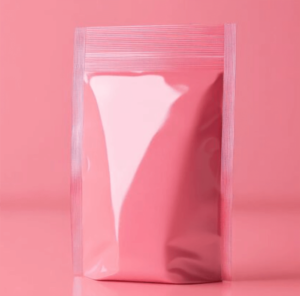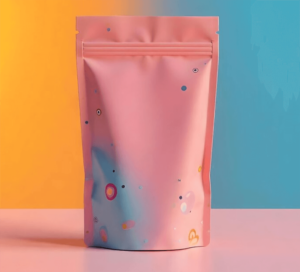Information Awareness and Traceability:
Widespread Use of Barcode Technology: Barcode is one of the smart packaging technologies that have been used early and widely. In the food and beverage industry, almost all products have barcodes, which can be scanned to obtain the basic information of the product, such as the name, specification, and date of production.
The rise of QR code and RFID technology: More and more food and beverage companies are adopting QR code and RFID technology. For example, Dongpeng Special Drink adopts the digitalization method of “one bottle, one code”. Consumers can scan the QR code on the lid and see the detailed information of the product, such as raw materials, efficacy, date of production, batch, and manufacturer, etc. Some high-end food brands have adopted QR code on the packaging of their products. Some high-end food brands embed RFID tags in product packaging, which not only enables product traceability, but also can be used for logistics management to monitor the transportation and storage status of products in real time.
Quality Monitoring:
Application of Discoloration Labeling: Smart labels utilizing light-sensitive, gas-sensitive and temperature-sensitive technologies can monitor changes in food quality in real time. For example, a Scottish food packaging company has launched a smart food label that changes color to show the freshness of food due to changes in carbon dioxide and temperature in the package. The milk carton launched by a South Korean dairy company utilizes the time factor of deterioration of dairy products to be transformed into a visual indicator from “milk” to “ill”, which facilitates consumers to judge whether they can consume it or not.
Interactive Experience Enhancement:
Use of AR Technology: Many food and beverage companies use AR tags in packaging design. For example, Coca-Cola makes bottles come to life with the help of AR technology, and consumers can scan the code on the bottle to view the animation and participate in the contest. Nongfushanquan cooperates with NetEase Cloud Music to utilize AR technology on the bottle, and after users scan the pattern of vinyl records, an immersive starry sky scene will appear on the interface of the cell phone, and clicking on the planet can pop up random music reviews.
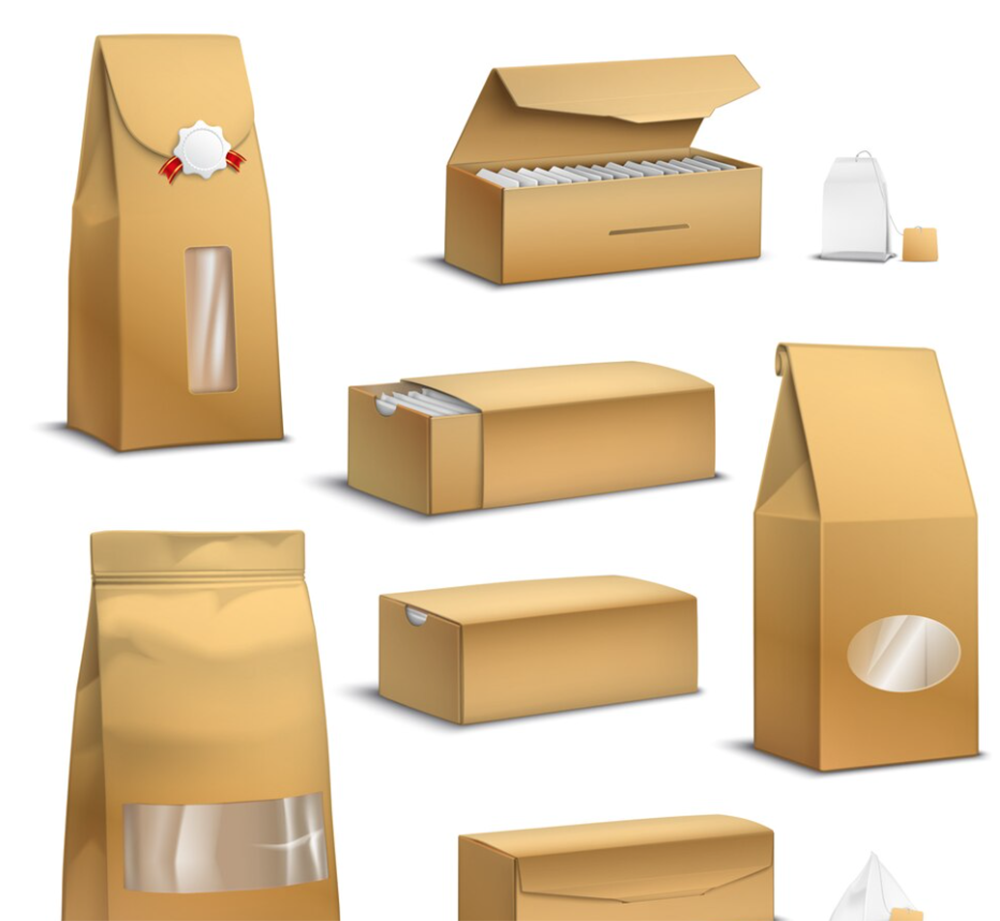
Technological Innovation to Promote Functional Upgrade:
Research and Development of Intelligent Materials: Intelligent materials with higher performance will continue to be developed in the future, such as new types of gas-sensitive and temperature-sensitive materials, which can more accurately sense changes in the quality of food and beverages; and edible and biodegradable intelligent packaging materials, which are both environmentally friendly and safe.
Integration with emerging technologies: 5G, big data, artificial intelligence and other technologies will be deeply integrated with intelligent packaging. Through 5G technology to achieve rapid data transmission between packaging and the cloud, the use of big data to analyze consumer purchasing behavior and preferences, to provide accurate market forecasts for enterprises, while the use of artificial intelligence to achieve intelligent judgment and early warning of the quality of food and beverages.
Enhanced personalization and customization services:
Meet consumers’ personalized needs: consumers’ demand for product personalization is increasing, and smart packaging will focus more on meeting this trend. For example, according to consumers’ different taste preferences, nutritional needs, etc., personalized information and functions are provided on the packaging. For example, beverage packaging for the fitness crowd can display information such as the calorie and protein content of the product through smart labels.
Customized Packaging Solutions: Enterprises will provide customized smart packaging solutions for different customers. From the appearance design of the packaging to the functional configuration, it can be customized according to the specific requirements of customers to enhance the differentiation and competitiveness of products.
Environmental protection and sustainability:
Application of recyclable and biodegradable materials: driven by environmental protection policies, smart packaging will adopt more recyclable and biodegradable materials. Such as paper-based smart packaging, bio-based plastic smart packaging, etc., which not only has the function of smart packaging, but also meets the requirements of environmental protection and reduces the pollution of the environment.
Packaging Reduction and Optimization Design: Reduce the use of packaging materials by optimizing the packaging structure and design, while ensuring the protection performance and intelligent function of the packaging. For example, lightweight intelligent packaging materials are used to reduce packaging costs and transportation costs without affecting product quality and to achieve sustainable development.
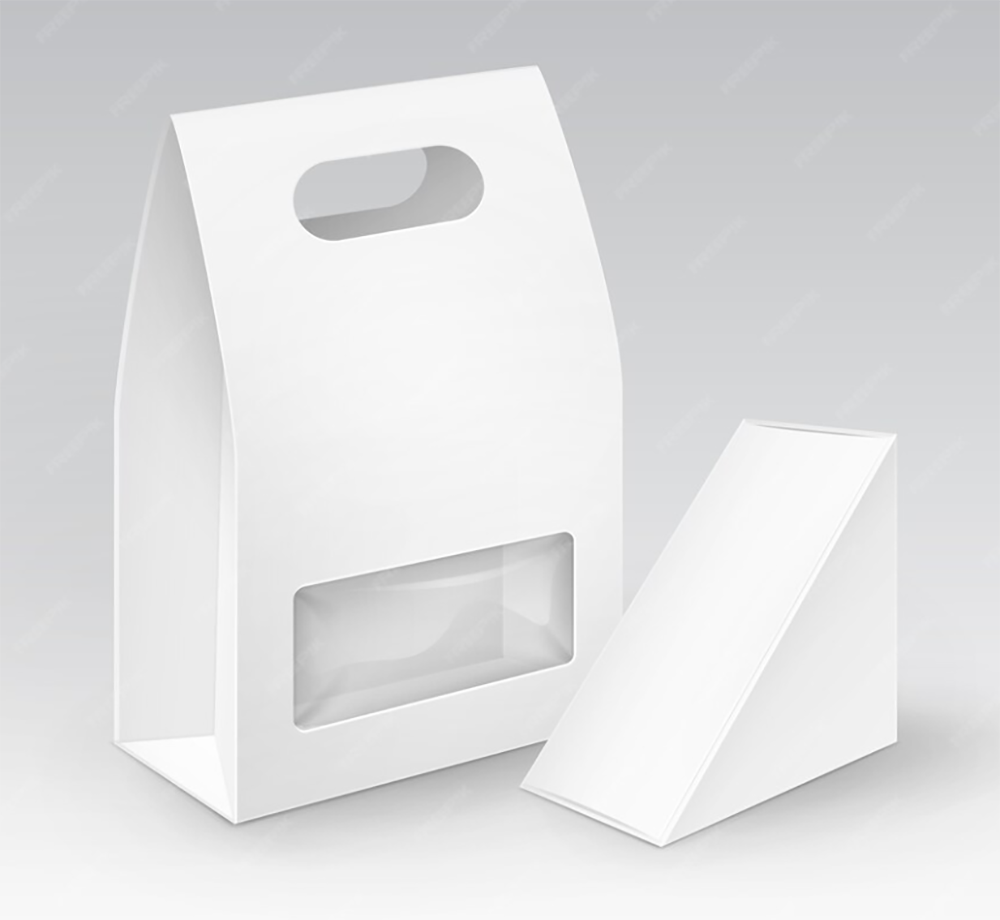
The application trend of smart packaging in the food and beverage industry will be affected by the following factors:
Technology development
Innovative technology promotion: the deep integration of emerging technologies such as 5G, big data, artificial intelligence and smart packaging can achieve more accurate food and beverage quality monitoring, market prediction and personalized service, which will promote the upgrading of smart packaging application.
Balance of cost and efficiency: With the advancement of technology, if the cost of chips and sensors related to smart packaging is reduced, while production efficiency is improved, more food and beverage companies will be prompted to adopt smart packaging; conversely, high cost and low efficiency will limit its application.
Consumer Demand
Food Safety and Quality Concerns: Consumers are increasingly demanding the safety and freshness of food and beverages, and smart packaging that can monitor the quality of food in real time and provide traceability information is more popular, which will drive the application of smart packaging in the industry.
Personalization and Interactive Experience Demand: Consumers pursue personalized and unique consumption experience, smart packaging with personalized design and interactive functions (such as AR technology application) can attract consumers, which will prompt enterprises to increase investment in this area.
Industry Competition
Brand Differentiation Competition: In order to stand out in the market, food and beverage enterprises will use smart packaging to achieve brand differentiation, such as adopting unique smart labels or packaging design to enhance brand image and product added value, which will promote the innovation and application of smart packaging.
Supply Chain Management Optimization: Under the pressure of competition, enterprises will pay more attention to the efficient management of the supply chain. Intelligent packaging can help realize accurate product tracking and inventory management, improve transparency and efficiency of the supply chain, and thus gain a competitive advantage in the industry, which in turn will prompt enterprises to widely apply intelligent packaging.
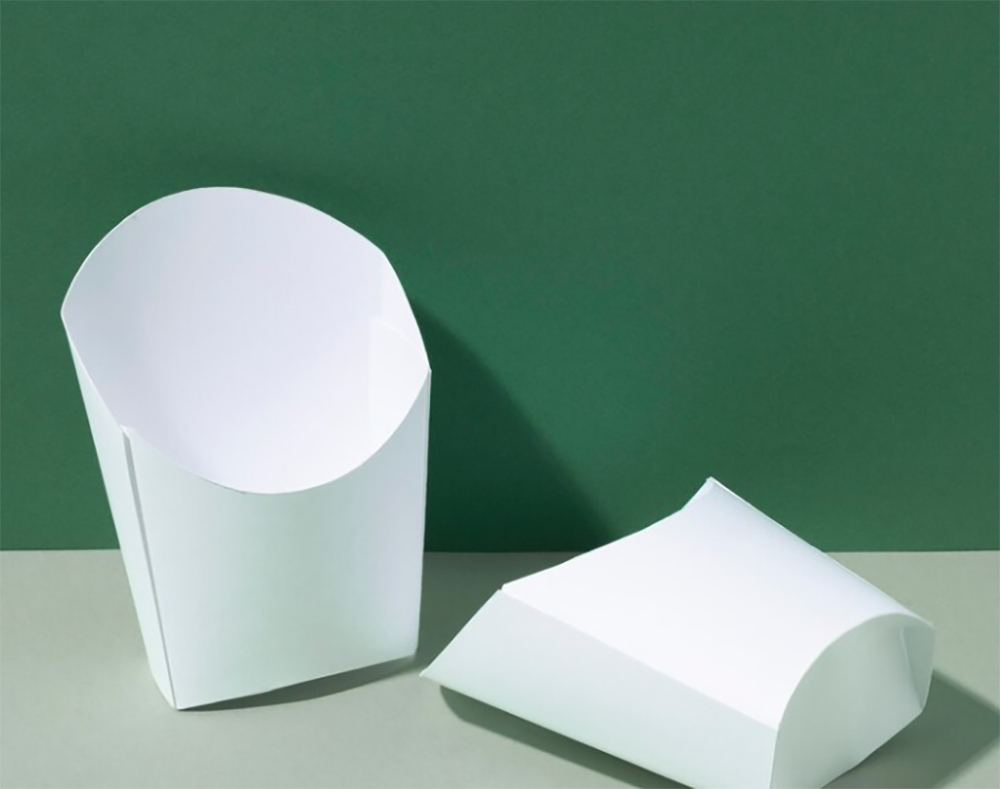
Policies and regulations
Driven by environmental protection policies: As environmental protection requirements continue to improve, recyclable and biodegradable smart packaging materials will be more supported by policies and welcomed by the market, prompting enterprises to develop and use environmentally friendly smart packaging, and driving the application trend in the direction of green and sustainable development.
Food safety regulations: Strict food safety regulations require food and beverage companies to provide more detailed product information and quality traceability system, intelligent packaging can meet this demand, and thus be more widely used under the impetus of the policy.
Enterprises’ own factors
R&D and innovation ability: The R&D investment and innovation ability of an enterprise determines whether it can develop intelligent packaging solutions to meet market demand. Enterprises with strong R & D strength can launch more competitive smart packaging products, leading the industry application trend.
Cost tolerance: Although intelligent packaging can bring many advantages, but the initial investment in equipment, technology research and development and material procurement costs are high. Enterprises with different cost affordability, the application of intelligent packaging decisions will be different. Well-funded enterprises may be more willing to take the lead in the adoption of intelligent packaging, while small and medium-sized enterprises may take a wait-and-see attitude due to cost factors.

